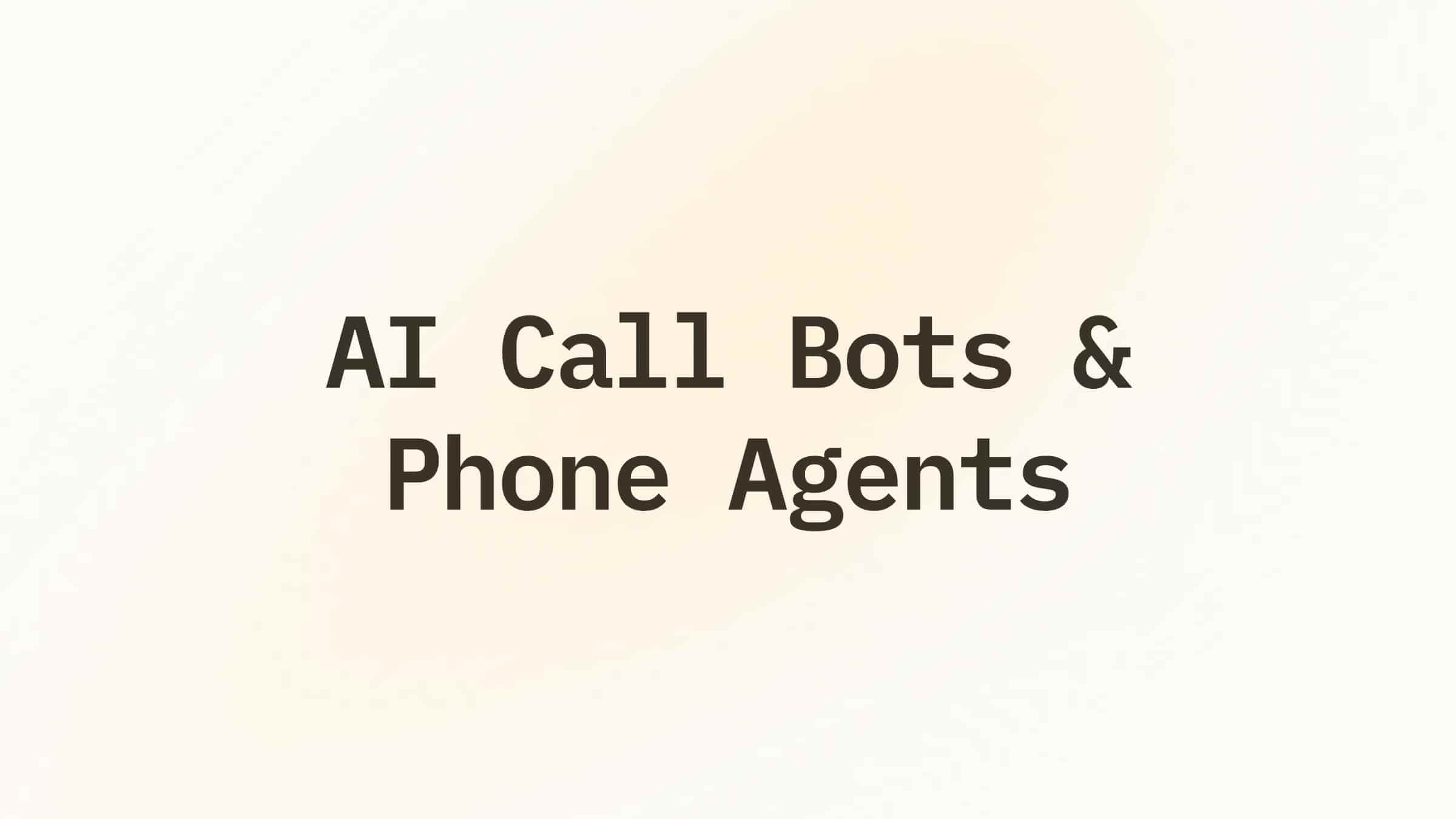If you’re a physician, chances are you spend a significant amount of your day taking down notes and entering them into EHRs.
And while detailed patient records are a necessity, it’s easy to get overwhelmed by the need for daily note-taking.
This is exactly why a healthcare scribe could be a total game-changer for your practice.
Today, we’ll learn:
- What a healthcare scribe is and what they do
- Why do physicians use scribes in the first place?
- How much will it cost you?
- Are healthcare scribes worth it or should you consider AI solutions?
Let’s take it from the top.

So, what is a Healthcare Scribe?
A Healthcare Scribe, also known as a medical scribe, is a personal assistant to physicians.
Their job is to accompany doctors during patient visits and handle all the clerical tasks like recording patient medical histories, documenting the doctor’s exam findings, ordering tests, and taking down clinical notes.
This allows the doctor to focus on directly engaging with and treating the patient.
Scribes need to be able to understand medical terminology and abbreviations to accurately and legibly document the details of a patient’s visit in real time.
The notes they take become an integral part of the patient’s official medical record, so attention to detail and confidentiality pretty much comes with the job.
Why do physicians use Healthcare Scribes in their practice?
Simply put, scribes handle the clerical part of being a doctor, leaving doctors to tend to patients and focus on other important tasks.
On average, doctors spend 4.5 hours per day on electronic health records and paperwork – huge timesinks.
Therefore, unloading some of that work onto a scribe can allow exams and consultations to become more personal and comprehensive.
Patients feel heard and cared for. At the end of the day, you leave your office on time with documentation complete, avoiding the extra hours of charting that often lead to burnout.
What are the costs of using a Healthcare Scribe?
On average, you can expect to pay between $20 to $50 an hour for an on-site scribe. Virtual or remote scribes typically charge $16 to $30 an hour because they don’t need extra costs like workspace, equipment, and scheduling.
If you decide to employ a Healthcare Scribe directly, you’ll need to consider additional expenses like:
- Wages and benefits. According to the Bureau of Labor Statistics, the median pay for a scribe is around $33,000 a year or $16 an hour. Of course, health insurance and basic benefits are also on.
- Recruitment expenses. There are costs associated with advertising, interviewing, and selecting candidates. This can include advertising on job boards, time spent reviewing applications, and conducting interviews. As a ballpark estimate, $5,200 to $10,500 for recruitment expenses is normal.
- Training. It can take 4 to 6 weeks to properly train a new scribe. So, you’ll need to put in time and money to develop a training program – and compensate the scribe during this period. And, of course, you also need to take into account the potential for ongoing training as medical terminology and EHR systems evolve.
- Admin costs. As employees, scribes require extra time for tasks like scheduling, payroll, reviews, and managing PTO.
Alternatively, you can outsource your scribe staffing to a scribe services company. They handle the tough parts like hiring, training, and administrative duties so you only pay an hourly rate for the actual scribe time in your practice.
Keep in mind though that it’s not that easy: usually, their fees are higher to account for these extra services. And yes, to tend to their profit margins.
Some practices can offset the cost of hiring healthcare scribes due to:
- Increased productivity
- Better chart quality
- Comprehensive notes input into EHRs
- Higher physician and patient satisfaction
However, for smaller clinics on tight budgets, it’s not as simple; the price of scribes may still be too steep compared to more affordable (but reliable!) options like AI (Artificial Intelligence) medical scribes.
Are Healthcare Scribes worth it or should you use AI?
When it comes to improving physician productivity and job satisfaction, healthcare scribes seem like an easy solution.
But, in 2024, advanced and affordable AI systems are quickly catching up to – and even exceeding – human capabilities.
So, as a physician, the first question you need to ask yourself is “Do I invest in hiring a Healthcare Scribe, or is it time to consider trying out this AI thing?”
Let’s take a look:
How much is it going to cost you?
We’ve already established that the median salary for a healthcare scribe is $33,000 per year in the US, but costs don’t stop there!
When you factor in employee benefits, training, and administrative expenses, things stack up really quickly.
In contrast, AI systems tend to have minimal ongoing fees, sometimes as low as a few hundred dollars.
Ongoing efficiency
Both healthcare scribes and AI systems are there when you’re dictating notes and interacting with patients.
And both are specialized, understanding complex medical terminology and jargon. While a human may have little trouble acclimating themselves to your individual way of speaking, it may take an advanced AI system a bit more time to “get” you.
And, while conventional wisdom says that human medical scribes produce more faithful transcriptions, AI systems are fast-challenging that preconception.
Additionally, AI has the potential to handle EHR and other repetitive tasks even more efficiently at scale.
“I need to take a day off”
Scribes are valuable team members, but they’re still human - they get sick, take smoke breaks (they should know better!), go on vacation, and occasionally mess up.
By contrast, AI systems can provide consistent and ongoing, uninterrupted support as they are available 24 hours a day, 7 days a week.
However, they can still experience technical issues and inaccuracies in their automation and natural language processing. They’re precise, but that doesn’t mean they’re 100% foolproof.
Summing up
If you're a doctor spending hours every day on paperwork, or looking for ways to improve efficiency and patient care, hiring a scribe is a conventionally safe move.
However, with the current advances in voice recognition software natural language processing, and AI capabilities, conventional wisdom is up for some serious re-evaluation
While a good scribe can become an extension of the care team and help shoulder the administrative burden, AI systems are fast becoming a viable, cost-effective, and reliable alternative.

Next steps:
Are endless mountains of paperwork robbing you of valuable patient face-time? Lindy’s cutting-edge superhuman AI is here to offer the perfect healthcare scribe alternative.
- 80% reduction in charting time: Get 8 per week back for what matters most – your patients.
- You save money, and earn more: $20,000-$45,000 increased annual earnings per doctor (clinician studies).
- Beyond human capabilities: Medically tuned AI picks up on medical terms and shorthand and ensures your documentation is flawless, secure, and HIPPA compliant.
- No more time-consuming software: Seamlessly integrate Lindy with your existing systems (like Zoom or your EMR) and add customizable templates into your workflow.
Don’t take our word for it, try out Lindy for free.
Explore AI-powered, HIPAA-compliant Medical Dictation with Lindy













.jpg)
.png)
.png)


.png)
.png)